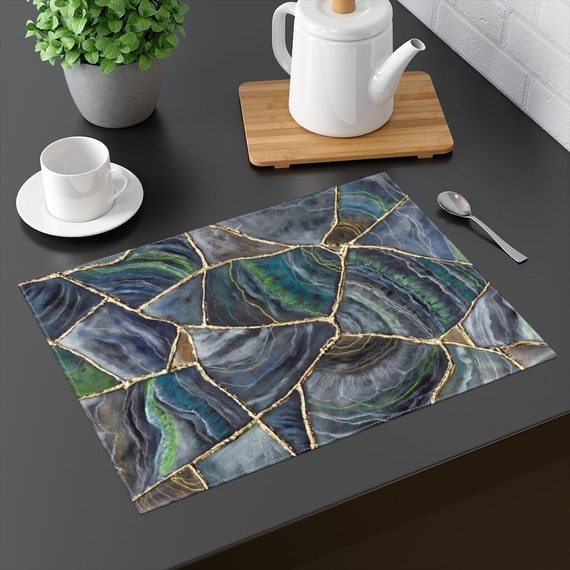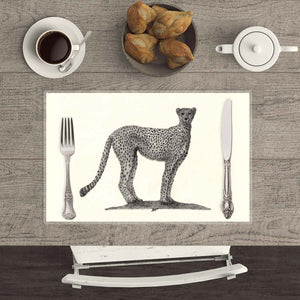Unique Art Fundamentals Explained
Unique Art Fundamentals Explained
Blog Article
How Unique Art can Save You Time, Stress, and Money.
Table of ContentsThe 5-Minute Rule for Unique ArtWhat Does Unique Art Mean?The Main Principles Of Unique Art Get This Report about Unique Art
While one could question which art form holds priority, the truth stays that each of these 7 types offers a distinct home window right into human history, culture, and advancement. They are the tapestries that chronicle our journey, advising us of our past while inspiring visions for the future.Terrific art work informs a story, makes people look twice, and creates a special experience that can not be matched. Art and illustrations connect all of that with shade, form and other style aspects. Learn exactly how to make your one-of-a-kind artwork attract attention from the crowd.

8 TRIA GIOVANEqual parts grand and laidback, this entrance hall created by Anthony Baratta is the ideal plan to follow if you're embellishing a formal entrance that still really feels unfussy and comfy. Patterned fabrics take spotlight (see the carpets and the sofa), but they also assist bring the high ceilings down to a human scale when hung over wallpaper.
The Best Strategy To Use For Unique Art
18 Heidi Caillier DesignA gallery wall doesn't need to take up the whole area. Sometimes a small one can make a bigger style declaration. In this living area, Hiedi Caillier decided for micro-mini frames and a random composition.
The components of this languageits forms, lines, colours, tones, and texturesare used in numerous methods to create feelings of quantity, room, activity, and light on a flat surface area. These elements are incorporated right into meaningful patterns in order to stand for actual or mythological phenomena, to translate a narrative motif, or to develop completely abstract visual partnerships.
Later on the concept of the "fine musician" developed in Asia and Renaissance Europe. Prominent painters were paid for the social condition of scholars and courtiers; they authorized their work, chose its design and frequently its subject and imagery, and developed an extra personalif not always amicablerelationship with their patrons. Throughout the 19th century painters in Western societies began to shed their social position and secure patronage.
The Main Principles Of Unique Art
Others made a revenue via visiting exhibits of their work. The demand to appeal to a marketplace had replaced the similar (if much less impersonal) demands of patronage, and its impact on the art itself was possibly similar too. Generally, musicians in the 20th century might reach an audience only with commercial galleries and public galleries, although their work might have been periodically reproduced in art regulars.

Don't copy the style of other artists if you're searching for your design. Copying other individuals's artwork can be terrific in educational objectives but it will certainly not make you closer to locating your own unique design. Your artistic style has to be, what you such as and what influences you.
I would consider your very own design as a style you paint in naturally, when you allow go of all thoughts and rules and just focus on painting, not thinking of it. Unique Art. The design needs to come naturally to you when you are kicked back and you can not force it or it will not be your very own design, simply somebody else's
More About Unique Art

With time you'll have the ability to sort every one of them right into your favorite and the very least preferred categories. Try to focus your interest on the subjects and mediums that you like and prior to you see it coming you'll have your own personal and one-of-a-kind style, like nobody else have! So in the end you'll have a few favored topics to repaint and perhaps a couple of preferred tools.
The style has to develop itself over time with a great deal of practice and experiments - Unique Art. Thank you for reviewing this blog post and if you have any concerns leave them learn the facts here now in the remarks below, Home Page I would certainly enjoy to answer these
Report this page